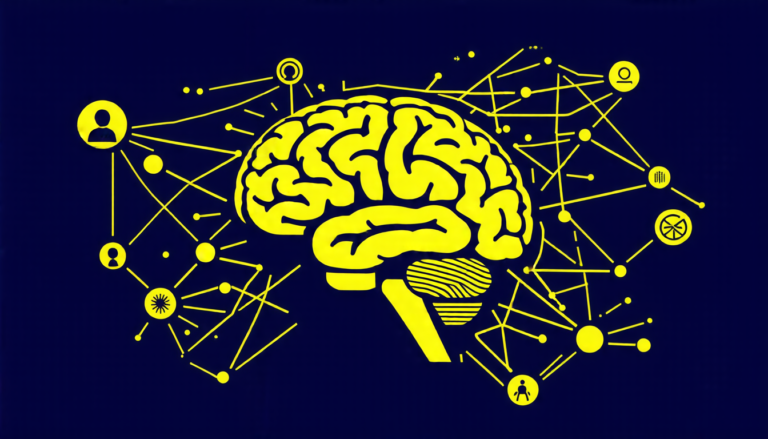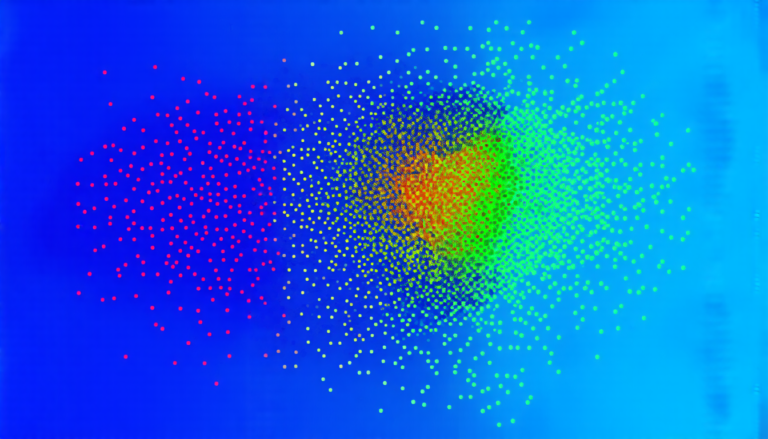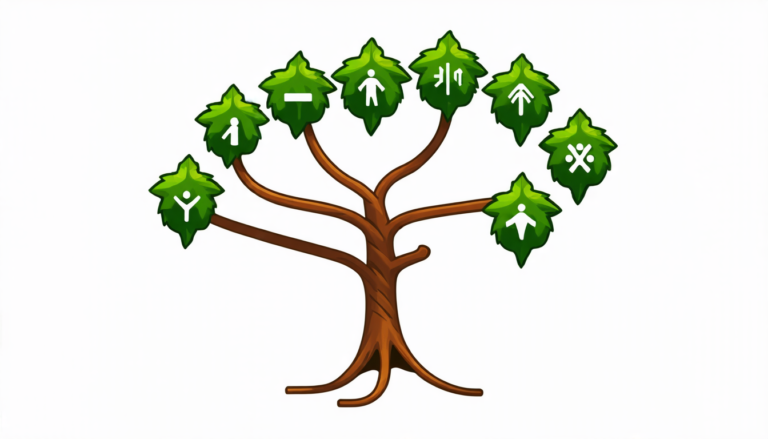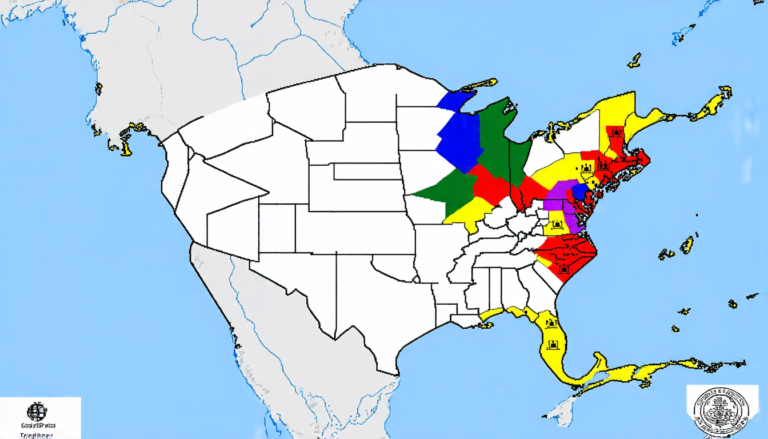Monday 31 March 2025
The quest for a perfect data language has been ongoing for decades, with various programming languages vying for dominance in the field of data science. Recently, three contenders – Julia, Python, and R – have been pitted against each other in a unique experiment designed to test their mettle.
The Data Jamboree, as it’s called, brought together students from various backgrounds and skill levels to tackle real-world problems using these three languages. The results were fascinating, revealing both the strengths and weaknesses of each language.
Julia, known for its lightning-fast performance, proved to be a natural fit for large-scale data analysis tasks. Its ability to seamlessly integrate with other programming languages, such as Python and R, was also a major plus. However, Julia’s steep learning curve and limited community support were notable drawbacks.
Python, on the other hand, excelled in its versatility and extensive library support. From data cleaning and manipulation to machine learning and visualization, Python’s tools and frameworks made it a popular choice among participants. Its ease of use and vast community resources also earned it high marks.
R, often considered the gold standard for statistical analysis, shone in its ability to perform complex calculations with ease. Its extensive collection of specialized packages made it an ideal choice for tasks requiring advanced statistical techniques. However, R’s slow performance on large datasets and limited support for parallel processing were notable limitations.
One of the most intriguing aspects of the Data Jamboree was the way participants collaborated and learned from each other. Despite their differing backgrounds and skill levels, they were able to work together effectively, sharing knowledge and expertise to overcome challenges.
The experiment also highlighted the importance of data quality and preprocessing in data science. Participants who spent more time cleaning and preparing their data tended to achieve better results, underscoring the need for robust data management strategies.
As data science continues to evolve at a rapid pace, it’s clear that each language has its unique strengths and weaknesses. Julia excels in speed and integration, Python shines in versatility and community support, while R reigns supreme in statistical analysis. The Data Jamboree serves as a valuable reminder of the importance of choosing the right tool for the job and the need for continued learning and collaboration.
In the end, the experiment demonstrated that data science is not just about the language itself, but also about the people who use it.
Cite this article: “The Data Jamboree: A Language Showdown”, The Science Archive, 2025.
Julia, Python, R, Data Science, Programming Languages, Data Analysis, Machine Learning, Visualization, Statistical Analysis, Data Quality







